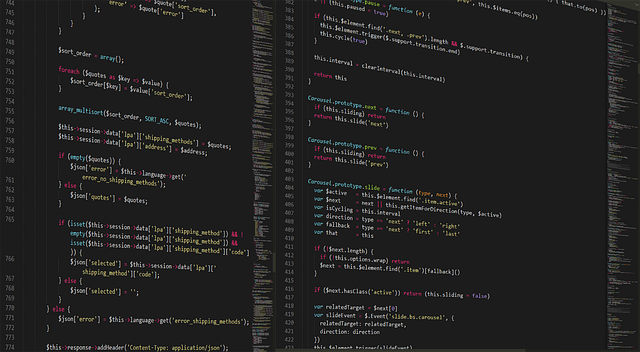Practical Website Design: Principles for Effective Sites
A well-designed website balances visual appeal, usability, and technical reliability to meet both user needs and business goals. Website design brings together layout, visual hierarchy, typography, and interaction patterns while working closely with web development to deliver pages that load quickly, adapt to devices, and support clear user journeys. This article explains core concepts and practical steps for creating effective websites.

What is website design?
Website design covers the decisions that determine how a site looks and feels: colors, imagery, spacing, and how information is organized. Good website design starts with understanding the audience and the tasks they want to complete, then shaping visual and interaction choices to make those tasks straightforward. It also considers brand consistency, accessibility, and how design choices affect perceptions of credibility.
Beyond aesthetics, designers create wireframes and mockups that show page structure before development. These artifacts help communicate intended layout and behavior to stakeholders and web development teams so that design intent translates accurately into a functioning site.
How does web development relate?
Web development is the technical process of turning design files into working websites using HTML, CSS, JavaScript, and server-side technologies. Front-end developers implement layout, responsive breakpoints, interactive components, and ensure pages render correctly across browsers. Back-end development handles data, authentication, and performance-critical tasks like caching and database queries.
Collaboration between designers and developers reduces rework: designers who understand technical constraints can create feasible interactions, while developers who understand design principles can preserve visual intent and accessibility when coding. Continuous testing throughout development helps catch layout regressions or interaction issues early.
Which design principles matter?
Core design principles guide effective decisions. Visual hierarchy prioritizes content so users notice the most important items first; contrast, size, and spacing are common tools. Consistency across pages reduces cognitive load and speeds task completion. Simplicity and clarity remove friction—every element should have a clear purpose.
Accessibility and inclusivity are essential design principles: readable color contrast, keyboard navigation, and semantic markup help users with diverse needs. Performance is another principle—design choices like large hero images or heavy animations should be balanced against page load time and device capabilities to avoid degrading the user experience.
How should layout be planned?
Layout defines the arrangement of elements on a page and how they respond across screen sizes. Start with content-first layouts: design around the most important content blocks rather than forcing content into a preset visual. Use grid systems and consistent spacing to create rhythm and alignment, which improves scanability.
Responsive layout techniques—fluid grids, media queries, and flexible images—ensure a site works on mobile, tablet, and desktop. For complex interfaces, prioritize progressive enhancement so basic functionality works on lower-capability devices and advanced features enhance the experience where supported. Prototyping interactions and conducting simple user tests help validate layout choices before full implementation.
Why does typography matter?
Typography affects readability, tone, and information hierarchy. Choose typefaces that are legible at common reading sizes and pair fonts to support headings, body text, and interface elements without creating visual conflict. Line length, line height, and contrast influence reading comfort: too long or too densely packed lines make content harder to scan.
Web-safe or web-optimized fonts balance aesthetics and performance—system fonts reduce load time, while hosted web fonts offer broader stylistic options but require optimization (subsetting, font-display settings). Typography also plays a role in accessibility: use scalable units, avoid relying on type size alone to convey meaning, and ensure sufficient contrast between text and background.
Conclusion
Effective website design is a blend of user-centered thinking, solid design principles, and practical web development practices. Focusing on clear layout, accessible typography, and collaborative workflows helps deliver sites that meet user needs while performing reliably across devices. Regular testing and iteration keep a site aligned with evolving user expectations and technical standards.






